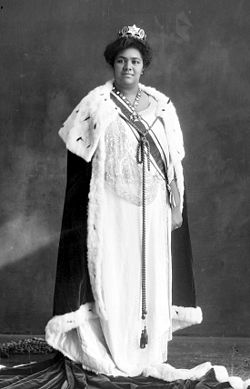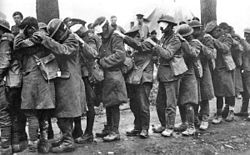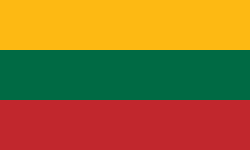| << | April 1918 | >> | ||||
|---|---|---|---|---|---|---|
| Su | Mo | Tu | We | Th | Fr | Sa |
| 1 | 2 | 3 | 4 | 5 | 6 | |
| 7 | 8 | 9 | 10 | 11 | 12 | 13 |
| 14 | 15 | 16 | 17 | 18 | 19 | 20 |
| 21 | 22 | 23 | 24 | 25 | 26 | 27 |
| 28 | 29 | 30 | ||||




The following events occurred in April 1918:
Contents
- April 1, 1918 (Monday)
- April 2, 1918 (Tuesday)
- April 3, 1918 (Wednesday)
- April 4, 1918 (Thursday)
- April 5, 1918 (Friday)
- April 6, 1918 (Saturday)
- April 7, 1918 (Sunday)
- April 8, 1918 (Monday)
- April 9, 1918 (Tuesday)
- April 10, 1918 (Wednesday)
- April 11, 1918 (Thursday)
- April 12, 1918 (Friday)
- April 13, 1918 (Saturday)
- April 14, 1918 (Sunday)
- April 15, 1918 (Monday)
- April 16, 1918 (Tuesday)
- April 17, 1918 (Wednesday)
- April 18, 1918 (Thursday)
- April 19, 1918 (Friday)
- April 20, 1918 (Saturday)
- April 21, 1918 (Sunday)
- April 22, 1918 (Monday)
- April 23, 1918 (Tuesday)
- April 24, 1918 (Wednesday)
- April 25, 1918 (Thursday)
- April 26, 1918 (Friday)
- April 27, 1918 (Saturday)
- April 28, 1918 (Sunday)
- April 29, 1918 (Monday)
- April 30, 1918 (Tuesday)
- References










